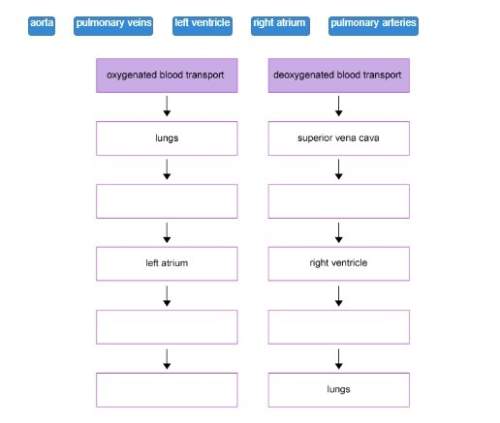
A population of rodents settles on the shore of an island close to the Arctic Circle. The landscape consists mainly of rocks. If the individuals are too large, they cannot hide in crevices to escape hawks. On the other hand, small bodies do not maintain internal temperature in cold weather. Show diagrammatically the change in the population and explain what selective pressures took place.
a. directional selection
b. stabilizing selection
c. disruptive selection
d. diversifying selection

Answers: 1


Other questions on the subject: Biology

Biology, 22.06.2019 02:00, baidentheodore617
Which of the following is not a food produced in rainforests? a) coffee b) cocoa c) avocados d) wheat
Answers: 2


Biology, 22.06.2019 07:30, TheaMusic524
Directions: read the descriptions of the four islands presented in the lesson. 1. list two new traits that each new species of rat might demonstrate as it adapts to the conditions on each island. 2. introduce one of the four new rat species to another island and describe one challenge it would encounter and one success as it adapts to its new environment.
Answers: 2

Biology, 22.06.2019 08:00, alfonso55
The graph shows the amount of global warming happening in different ecosystems. which populations of organisms will likely decline the most as a result of climate change, and why? a. coral reefs because of the loss of the symbiotic algae living within their bodies b. penguin populations because the fish they eat will move into warmer waters c. mountain-dwelling birds because rising sea levels will relocate their food sources d. large cats in the rainforest because of decreased habitat loss for their prey
Answers: 2
You know the right answer?
A population of rodents settles on the shore of an island close to the Arctic Circle. The landscape...
Questions in other subjects:

Mathematics, 25.06.2020 08:01













